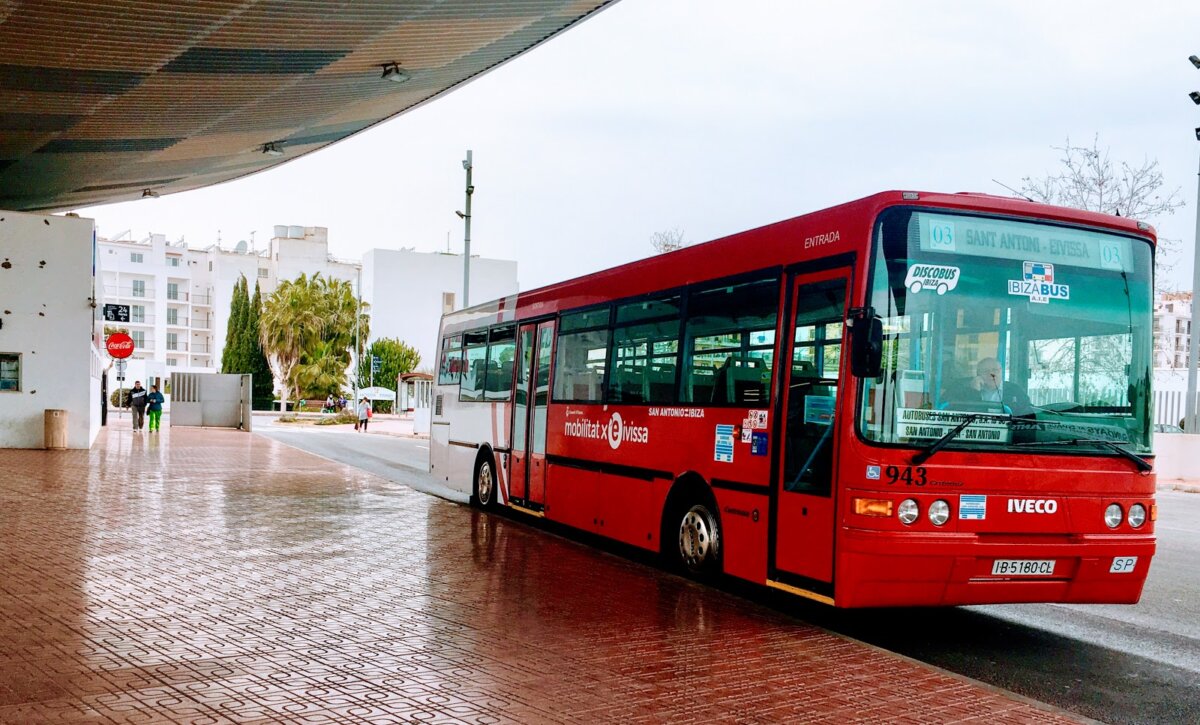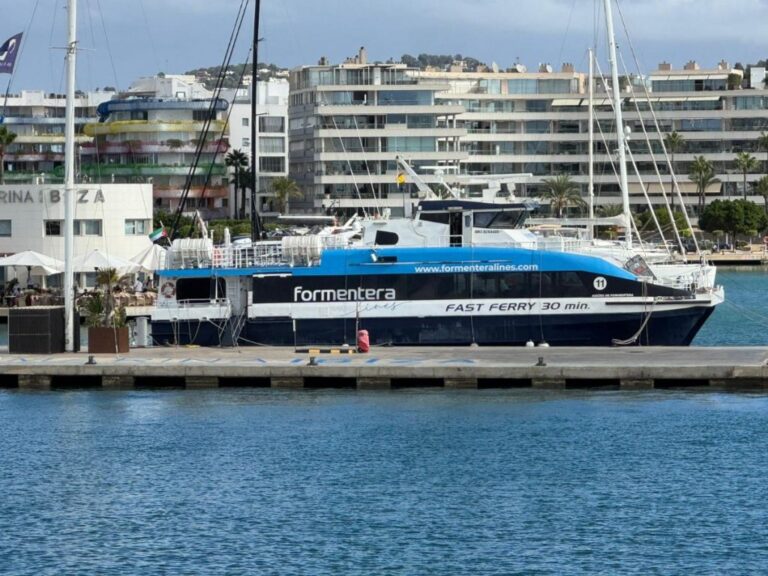The Council of Ministers has approved the granting of 43 million euros to cover the expenses derived from the free public transport in the Balearic Islands during 2024. The measure, which has benefited thousands of citizens throughout the year, now has the necessary financial backing to offset the economic impact generated. As reported by the Ministry of Transport and Sustainable Mobility, this subsidy is included in the 2024 General State Budget and is part of the recognition of the insularity factor, a principle of solidarity established in the Spanish Constitution. In addition, the Government has authorized a similar item of 81 million euros for the Canary Islands, with the same objective.
Compensation to transport operators
The main purpose of these funds is to compensate the administrations and companies managing land public transport in the Balearic Islands for the loss of income suffered during the year due to the free services.
The measure has not only encouraged the use of public transport, but has also reduced the environmental impact by promoting more sustainable mobility.
Free of charge ends
Although free public transport has been one of the star policies of this year, this measure is scheduled to come to an end in 2025. The PSIB-PSOE has urged the Balearic Government, the Consell de Mallorca and the Palma City Council to seek ways to maintain this benefit, warning that its disappearance could significantly reduce the number of public transport users. The subsidy complements the subsidies for discounts on season tickets and multi-journey tickets, destined to autonomous communities that already applied a discount of at least 50%. In the Balearic Islands, these subsidies have made it possible to keep public transport accessible and free of charge throughout the year.
Impact and future of the measure
The announced funding ensures that the costs generated by this policy are not left uncovered, but opens the door to an uncertain future for public transport users. Without a clear commitment to extend this gratuity beyond 2024, local authorities will have to decide whether to prioritize this measure as part of their mobility policies.













